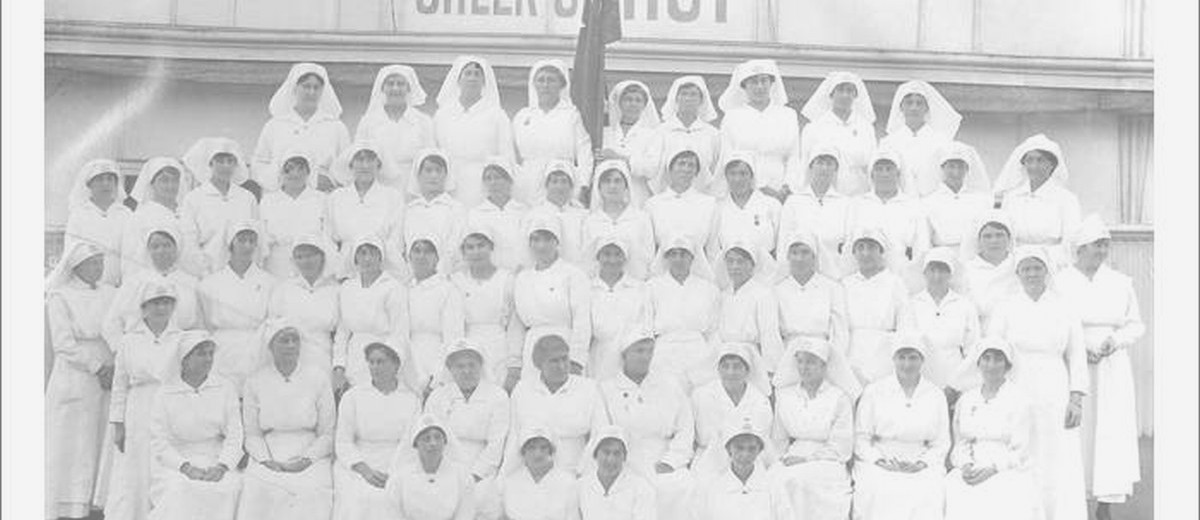Organisation
ContributeSoon after the outbreak of the First World War in August 1914, Mrs Alexandrine (Alexandra) Seager, a real estate and employment agent, and William Sowden, editor of the Register, were shocked by the lack of public support for troops awaiting embarkation at the suburban Morphettville camp. They formed the Cheer-Up Society, whose volunteer women workers aimed to ‘promote and provide for the comfort, welfare and entertainment’ of soldiers and sailors. The society wished to shield soldiers from alcohol and disreputable city entertainments. At the Cheer-Up Hut, opened in 1915 west of the Adelaide City Baths on King William Road and financed by funds raised at fairs and badge days, the men could have free meals, meet friends, play billiards and enjoy concerts. Departing troops were given great farewells. Food and money were donated by the society’s 10 000 members, particularly from country branches. The Burra Cheer-Up Girls’ Band raised funds and the Murray Bridge Cheer-Ups met troop trains with refreshments. For Seager, with a husband and three sons in the army (one died at Gallipoli in 1915), and the other women, this was a labour of love, a maternalist contribution to the war effort.
The Cheer-Up Society revived during the Second World War and offered hostel accommodation from 1941. Volunteers again provided thousands of meals along with concerts, dances, picture shows and ‘home comforts’. With many troops passing through in 1942 and 1943 billeting was organised and a second hut opened at the Palais Royal on North Terrace east.
After the Second World War Hut No. 1 and the SPF Hostel were sold to the state government which converted them to the Elder Park Migrant Hostel, providing initial accommodation for newly arrived migrants from Europe. The Cheer-Up Society disbanded in 1964 and its funds and assets were distributed to welfare and service groups. A Cheer-Up Association succeeded the society but the gatherings of these former members of the society fell away in 1970 when the hostel was demolished for the construction of the Adelaide Festival Centre.
Media
Add mediaImages

Image courtesy of the State Library of South Australia, SLSA: B55448, Public domain




Comments
CommentAdd new comment
Not a lot unfortunately would love to find out more. I do know my mother collected many badges and trinkets from service men during her Tim also I do remember as a child she had a cape at home but over the years has long gone.
What fantastic family connections Helen. Do you know much about their time in the Cheer-Up Society?
My grandmother Ruby Scott WW1 was a cheer up girl also my mother Mary Francis WW2 . Not sure but I think they both were at Murray Bridge and Adelaide. Wonderful job done but a great group. Thanks to all these women a lot of our boys were greeted with many kind words . Thanks to them all. HELEN
Thank you Anita! Those are lovely memories. I wonder if any of your grandmother's socks survive today?
My grandmother was a Cheer up lady and I remember her stories of what they did
She used to knit socks for the soldiers
If she was alive today she would be 115!
I know that for many years after I was born she still met up with the ladies for a cup of tea and she always loved violets.
I did not know until reading this article the relevance of the violets to her.
Her name was Amy Aird and she had 3 daughters.
Thankyou for all this information today.